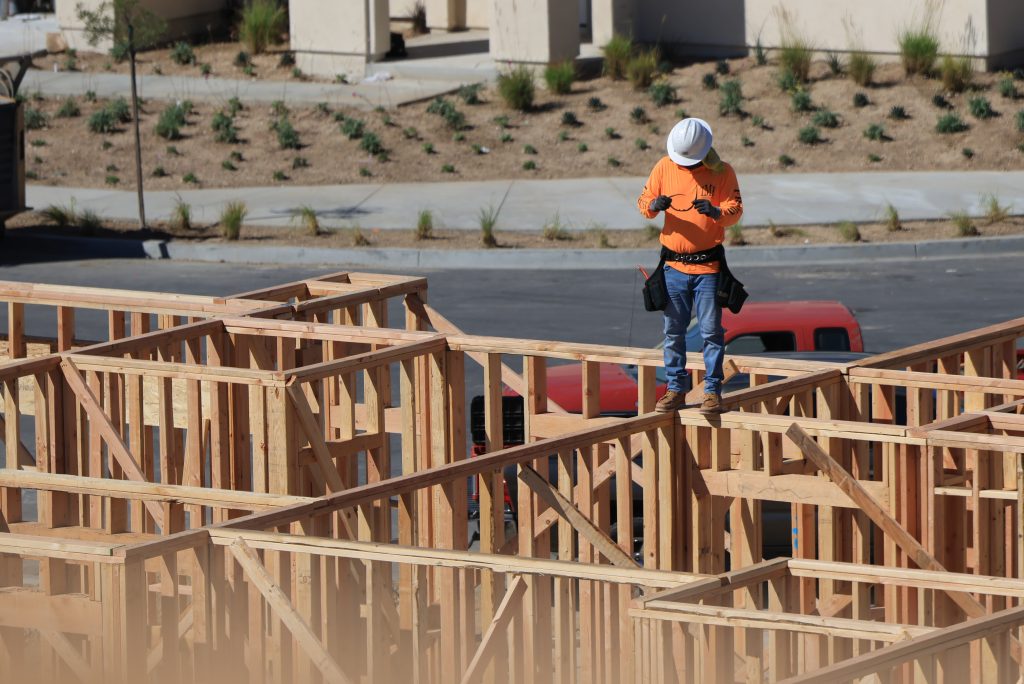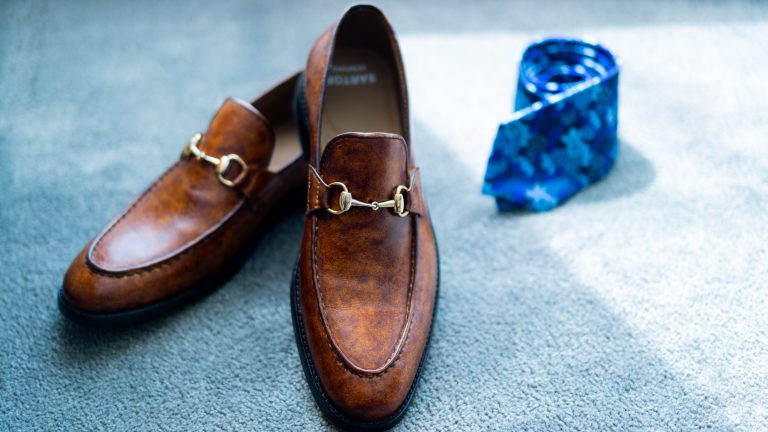What is the History of Safety Shoes? Exploring the Origins and Evolution
Introduction: Unraveling the Roots of Safety Footwear
History of Safety Shoes
History of Safety Shoes: In the realm of occupational safety, the evolution of safety shoes has been a pivotal journey, ensuring the protection of workers across various industries. This article delves into the intriguing history of safety shoes, tracing their origins and transformations over time.
The Early Days: Humble Beginnings of Protective Footwear
In the early 20th century, as industrialization surged, workers faced unprecedented risks. The need for protective gear, including safety shoes, became apparent. Basic leather boots with reinforced toes emerged as the first form of safety footwear, offering minimal protection compared to contemporary standards.

Industrial Revolution and Footwear Innovation
With the Industrial Revolution, safety shoes saw significant advancements. Metal toe caps were introduced, safeguarding workers from heavy objects and machinery. This pivotal innovation marked a turning point, reducing workplace injuries and ensuring the safety of laborers.
Evolution of Materials: From Leather to Advanced Composites
Leather’s Legacy and Limitations
Initially, safety shoes predominantly featured leather due to its durability. However, leather had limitations, especially in hazardous environments where chemicals and extreme temperatures posed threats. Innovations in synthetic materials addressed these challenges, leading to the development of specialized safety footwear.
Modern Marvels: Composite Materials and Enhanced Protection
In recent decades, safety shoes have undergone a radical transformation. Composite materials, including carbon fiber and kevlar, revolutionized the industry. These lightweight yet robust materials offer superior protection against impacts, punctures, and electrical hazards. Such advancements have made safety shoes not only safer but also more comfortable for prolonged use.
Regulatory Influences: Shaping Safety Standards Worldwide
OSHA and Global Safety Regulations
The establishment of regulatory bodies like the Occupational Safety and Health Administration (OSHA) in the United States paved the way for standardized safety guidelines. These regulations influenced the design and production of safety shoes globally, ensuring uniformity and adherence to essential safety features.
Footwear for Specialized Industries: Tailored Solutions for Unique Challenges
Niche Requirements: Safety Shoes in Specialized Professions
Different industries demand specialized safety features. From slip-resistant soles for restaurant workers to metatarsal protection for construction workers, safety shoes have evolved to cater to diverse needs. This specialization ensures that every worker, regardless of their field, is adequately protected.
Conclusion: Embracing a Safer Tomorrow
The history of safety shoes mirrors the progress of industries and the collective efforts to prioritize workers’ safety. From humble beginnings to advanced, specialized footwear, the journey has been transformative. As technology continues to advance, the future promises even more innovative solutions, ensuring that the feet of the workforce remain protected, allowing them to stride confidently into a safer tomorrow.
FAQs About Safety Shoes
Q1: Are safety shoes necessary for all workplaces?
Yes, safety shoes are essential in workplaces where there is a risk of foot injuries from falling objects, heavy machinery, or electrical hazards.
Q2: Can safety shoes prevent all foot injuries?
While safety shoes significantly reduce the risk of foot injuries, they cannot guarantee absolute protection. However, wearing appropriate safety footwear minimizes the severity of potential injuries.
Q3: How often should safety shoes be replaced?
Safety shoes should be replaced every 6 to 12 months, depending on wear and tear. Regular inspections are crucial to ensure they provide optimal protection.
Q4: Are there safety shoes designed for specific weather conditions?
Yes, there are safety shoes designed for various weather conditions, including waterproof shoes for rainy environments and insulated shoes for cold weather, ensuring comfort and protection.
Q5: Can safety shoes be customized for individual needs?
Yes, many manufacturers offer customization options for safety shoes, allowing individuals to tailor them according to specific requirements, such as orthopedic support or unique sizing.




Leave a comment